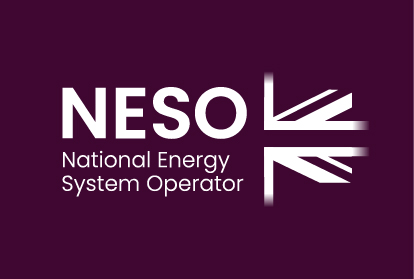This project will build on existing consumer building blocks to combine learnings from the first and second Demand Flexibility Service (DFS) and create a more granular set of archetypes for different electrified heating types with a large and recent dataset. We will do this by conducting social research with recent DFS participants to understand consumers interaction with flexibility and apply this to the consumer archetypes.
This project will explore defining more granular archetypes for different electrified low carbon heating types and types of consumers, to reflect the variation in technology mix and consumer behaviour that we are likely to see in the future low carbon domestic heating roll out.
Both updates to the consumer building blocks will ensure they are a more consistent, future-facing and robust set of archetypes.
Benefits
Due to the limitations of the input datasets used in phase one of this project NIA2_NGESO026 , information on how changes in consumer behaviour could impact demand was limited. The further year that DFS has completed as well as the potential to run an additional survey will allow further information to be added to the archetypes from phase 1.
Heat pump demand profile data was previously limited and what is available has not reflected recent performance improvements. Analysing ESC trial data will bring new information into our heat modelling.
Existing profile data is often based on gas boilers and does not represent future demand profiles. This work will be innovative by generating technology and consumer-type demand profiles to enable more accurate modelling of decarbonised heating scenarios.
Learnings
Outcomes
Part 1 – The project has developed understanding of the following, which could be used and applied in future projects:
- Why domestic consumers participate in flexibility services, including their needs and what drives their decision making (e.g. financial or for benefit of decarbonisation).
- The types of consumers and the characteristics that drive their behaviour
- What this means for their consumption, appetite for change, adoption rates of technology and ability and propensity to engage with time of use tariffs and automation
Whether their engagement will be proactive or passive
- The proportions that make up each consumer archetype and how this varies geographically.
Part 2 – The project has produced a sophisticated synthetic low carbon heat profile generator tool that is distinct from similar available tools and builds on existing NESO demand modelling. Early QA results indicate that the output profiles generated by the tool compare favorably to real world examples of gas boilers and heat pumps. Once the remaining work is complete, the tool will have the ability to produce a range of building and consumer dependent archetype profiles for different low carbon heating technologies. A given output profile from the tool will focus on the case of a single household. However, the user will be able to save output profiles in a separate workbook in order to perform aggregations for a regional or whole-country study. Future NESO modelling work that will use the outcomes of this project includes:
- Work to model the overall system cost impact of decarbonizing residential heating in Great Britain. Outputs from the tool will provide a vital input to understand how different low carbon heating profile shapes impact system-level peak demand, and the total system cost, including generation and network expansion.
- Work to enhance the Spatial Heat Model will use the outputs and learnings from the tool to augment the existing demand modelling, providing enhanced and extended suite of profiles for different building archetypes, heating technology and consumer type.
Lessons Learnt
Part 1 – The key lesson learnt from Part 1 of the project is that we needed to secure buy-in from DFS providers at an earlier stage in the project. We faced challenges in engaging with DFS providers, who were required to send out surveys to their customers. This may have been due to timing, as we started the project over 6 months after DFS Year 2 had finished. Some providers declined to participate due to potential conflicts with their own customer communications plans. In future, we might see more success by securing buy-in from providers at an earlier stage and considering their communications calendars.
The secondary lesson learned is that gaining data from businesses on flexibility is very difficult. When engaged DFS providers sent out the survey to their customers, the response rate was very low. This was despite incentivising completion of the survey through a donation to a charity of their choice. In the future, consideration needs to be given to how to engage businesses effectively.
Part 2 – One key lesson learnt is that sufficient data isn’t yet available to empirically derive consumer archetype profiles for low carbon heating technologies. Whilst there exist datasets that contain a large enough sample of heat pump profiles, there is not sufficient detail on household characteristics to construct complete suite of consumer archetypes at the same level of granularity that was produced in Phase 1 of this project.
Another key lesson learned is that when simulating synthetic heating demand profiles, parameters describing the thermal mass and thermal resistances are important to ensure accurate and realistic modelling of temperature decay.




